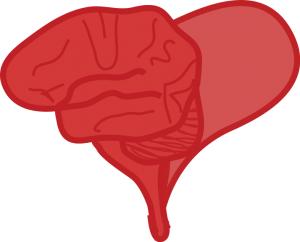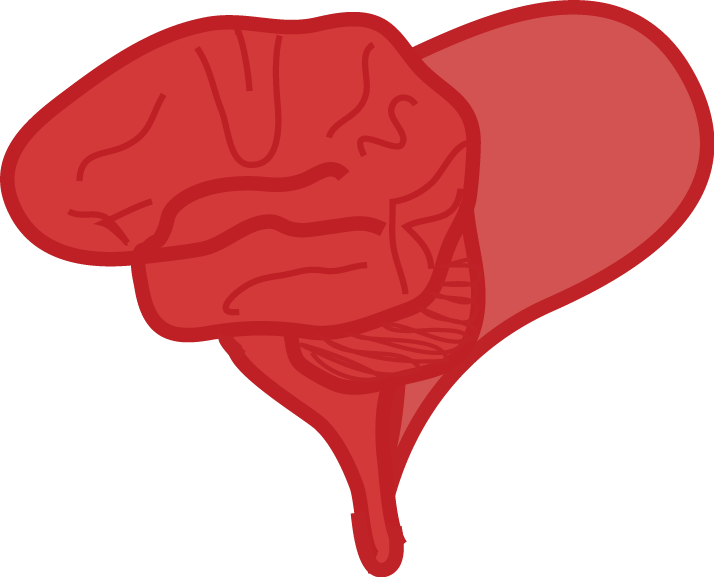This post is also available in Dutch.
Valentine’s Day is often either anticipated by those in the throes of passion or despised by the single or cynical. But what is the science behind the feeling we celebrate?

illustration by Roselyne
Over the ages bards, poets, and singers have poured over what some consider one of the most innately human emotions – love. According to the anthropologist Prof. Helen Fisher, “Being in love is universal to humanity; it is part of human nature” – regardless of age, gender, sexual orientation, religious affiliation or ethnic group.
“When love is not madness, it is not love” (Pedro Calderon de la Barca)
Depictions of love over the ages have focused on the tremendous joy, as well as, the excruciating pain associated with this phenomenon. Love has often been related to a form of madness, connected to mood swings, intrusive thoughts, obsessive-compulsive behavior, and even addictive tendencies. Research shows that when falling in love, molecules such as dopamine and norepinephrine, are released and coarse through the neural pathways of the brain called the reward network – a system responsible for pleasurable feelings, as well as, motivation. Increased production of norepinephrine also results in alertness, energy, sleeplessness and loss of appetite – all classic symptoms of being “love sick”.
“To be in love is merely to be in a state of perpetual anaesthesia” (H.L. Mencken)
While the first stages of romantic love can be painful in themselves, there are beneficial effects of not “loosing that lovin’ feelin’” as the Righteous Brothers sing. Studies show that viewing pictures of your beloved can reduce the amount of pain you experience and decrease activation in an extensive system of brain areas known as the pain network.
Love in the Lab
So if falling in love is such a desired state how do we make it happen? According to Prof. Arthur Aron, it is possible to facilitate “love”, or at least a feeling of closeness, in the lab. He ran a successful experiment where pairs of participants (strangers to each other) were asked to discuss a set of 36 questions that gradually became more personal. These questions started from simple inquiries such as “Given the choice of anyone in the world, whom would you want as a dinner guest?” to more intimate topics of conversation such as “What roles do love and affection play in your life?”. Such questions promote mutual vulnerability, which is thought to accelerate the feeling of intimacy between two people.
While this may give hope to those lonely hearts searching for their soul mate this Valentine’s Day, I would say that the research of Prof. Aron has more far-reaching implications. Since it’s possible to foster a feeling of closeness between two complete strangers, shouldn’t we try to put this into practice where it’s currently most needed? In this time where animosity, fear, and hatred surround the world, an exercise in love is exactly what we need this Valentine’s Day!
Anna Tyborowska is a PhD student in the Affective Neuroscience Group at Radboud University Nijmegen focusing on social-emotional control processes during adolescence.
Edited by Roselyne
